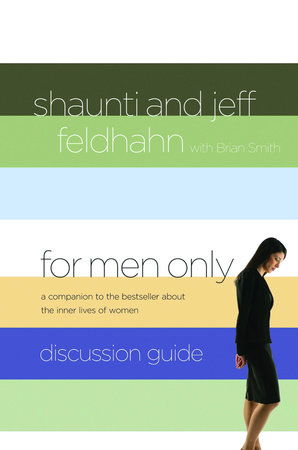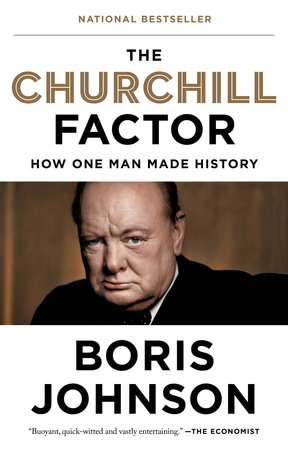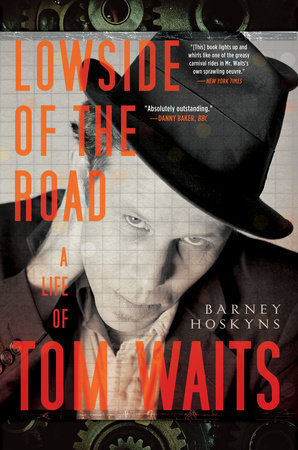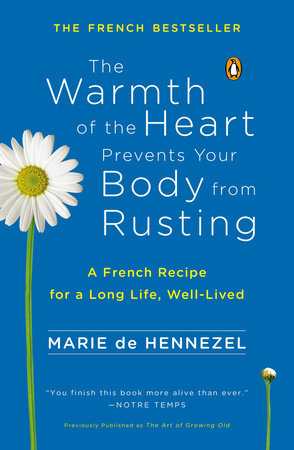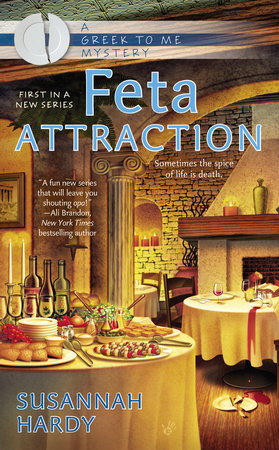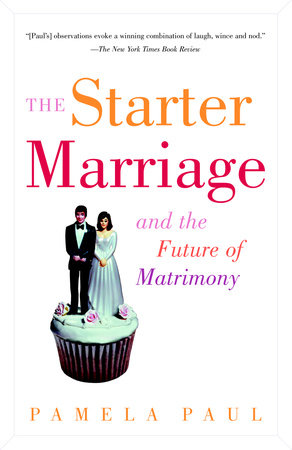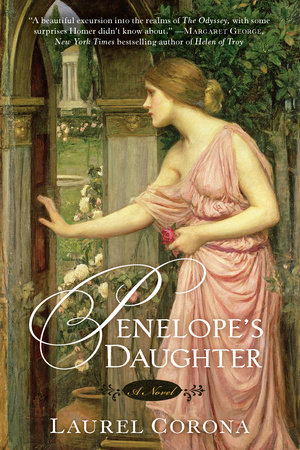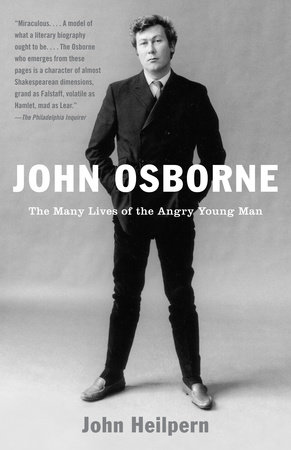Author Q&A
Q: What drew you to Eleonora Duse?
A: I’ve worked in and written about the theatre for three decades. For me and for other theatre people, Duse is the ultimate actor as well as the first modern actor. Over time, Duse’s image has distilled into that of a soft, tragic heroine, victimized by men and by life, a kind of pure artist without ambition. When I began the work, I wanted to answer the questions that had always plagued me when I read about Duse. I wanted to discover all the gritty, telling, sometimes transcendent and sometimes unpleasant details of her daily life as a woman and as a working artist.
Q: Why is she considered the first modern actor?
A: She transformed the art of acting and inspired Stanislavsky to create his “method.” Acting, as represented by Duse’s greatest rival, Sarah Bernhardt, was extremely stylized, sometimes no more than a series of poses. Duse rebelled against this style. Duse connected voice, body, and thought to reveal the inner life as well as the outer form of a character. She also freed her body from the corset, and wore no make-up so that every subtlety could be seen clearly. She dug beneath the lines of her script to reveal what she called the invisible side of life. At the same time Freud was developing his theories of the unconscious and Ibsen was exploring the unconscious in his plays, Duse was giving flesh to those ideas onstage and revealing a woman as a human being, not an object.
Q: There have been other biographies of Eleonora Duse–what does yours provide that the others don’t?
A: The two most recent biographies of Duse in English were published in 1984, almost two decades ago. My biography draws on important discoveries such as Duse’s autobiographical writings; dozens of unpublished letters; new information about Duse’s relationships with other artists, including John Barrymore; and new information about Duse’s enduring female friendships. I discuss topics that were avoided or glossed over by earlier biographers, including the birth and death of Duse’s illegitimate son, her antipathy for her husband, and her troubled relationship with her daughter. Supported by my interview with Duse’s granddaughter, Sister Mary Mark Bullough, I explore Duse’s relationship with her daughter in detail. I’ve also drawn on the latest Italian theatre scholarship, which has examined Duse’s legacy extensively.
Q: Why did Duse have such tragic love affairs?
A: I don’t think her love affairs were “tragic”–Duse survived her lovers, sometimes by juggling several love affairs at once. Duse was a complex, difficult woman and she chose complex, difficult, demanding, but fascinating men–Martino Cafiero, her first lover and the father of her illegitimate son, wouldn’t marry her; Arrigo Boito, Verdi’s librettist, was afraid to commit to her; and poet and playwright Gabriele d’Annunzio used her for his own artistic purposes.
Q: Did you learn anything about Duse that surprised you?
A: Yes. She was a sexpot! In her youth, Duse’s popularity was partly a result of her enormous sex appeal. Marilyn Monroe had a photograph of Duse with her when she died, which is fitting, since as a young actress, Duse was the Marilyn Monroe of her time. Men adored her. Duse used her sensuality onstage by touching her acting partners, kissing the male lead on the mouth instead of the traditional cheek or the forehead. She used her body in supple and sexy ways, too, curling up like a cat, stretching provocatively, all allowed of course because she had freed herself from the corset and from the traditional constraints of ladylike behavior.
Q: What is Duse’s greatest contribution to the acting art?
A: She moved it forward by the example of her own art. This was something she sought to do consciously and why she continued to act until she died. “The actor vanishes without a trace,” Duse said. “Therefore she must use her ambition in the service of the art form, the only way not to be futile and ephemeral.” Wherever Duse performed, actors flocked to see her, and today, film and theatre people continue to study her. They collect her letters and memorabilia, and they look up to her because she elevated the actor’s art and transformed it.




